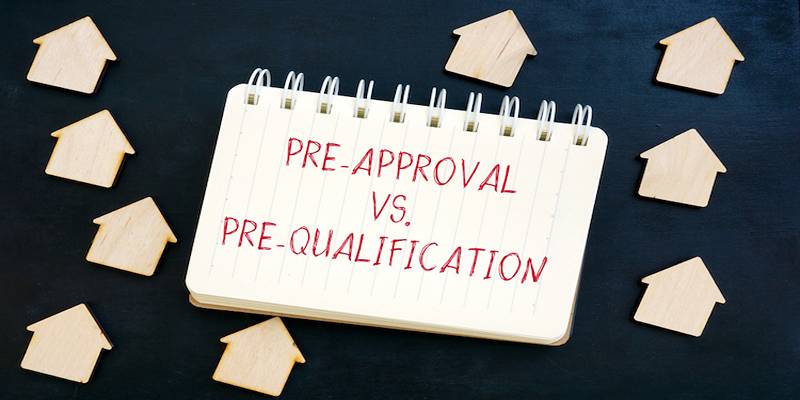The housing expense ratio is one of the main indicators, which should be used by the owners of houses and those who want to buy them. In simple terms, it is the ratio of the proportion of your income that you spend on your housing expenses. It is important to understand the ratio when making financial decisions. This is a quick guide to what it is and what it does but most importantly why it is important.
What is Housing Expense Ratio?

The housing expense ratio, often referred to as the front-end ratio, is a financial metric used to measure the percentage of your gross monthly income that goes toward housing-related expenses.
It is a standard assessment procedure that lenders place on mortgage applications, to determine that you are able to make the payments on the mortgage month-by-month without getting over your head in the process. Basically, it responds to the question whether one can afford the current home with his salary.
How is the Housing Expense Ratio Calculated?
To calculate the housing expense ratio, you need to look at your total monthly housing costs and compare them to your gross monthly income (your income before taxes and deductions). Housing costs typically include:
- Monthly mortgage payments (principal and interest)
- Property taxes
- Homeowner’s insurance premiums
- Homeowners’ association (HOA) fees (if applicable)
Here’s the formula:
Housing Expense Ratio = (Monthly Housing Costs ÷ Gross Monthly Income) × 100
For instance, if your monthly housing costs are $2,000 and your gross monthly income is $6,000, your housing expense ratio would be:
($2,000 ÷ $6,000) × 100 = 33%
Why Does the Housing Expense Ratio Matter?
The housing expense ratio isn’t just a technical number; it holds practical significance for both lenders and borrowers. Here’s why it matters:
1. Key Indicator of Loan Eligibility
For lenders, the housing expense ratio is a critical factor in determining whether you qualify for a mortgage. Most lenders prefer borrowers to have a housing expense ratio of 28% or lower, though some may stretch this limit if your overall financial picture is strong.
If your ratio exceeds this threshold, lenders may view your ability to repay the loan as risky. This could lead to higher interest rates, stricter lending terms, or even loan denial.
2. Helps Prevent Financial Overcommitment
Even if a lender approves a higher housing expense ratio, it’s essential to evaluate what you’re comfortable paying. A high housing expense ratio means a larger chunk of your income will go toward housing, leaving less for other expenses like debt repayment, savings, and leisure activities.
By keeping your housing expense ratio in check, you reduce the risk of becoming "house poor" – a situation where most of your income is tied up in housing costs, leaving you financially vulnerable to unexpected expenses.
3. Budgeting Tool for Homebuyers
Whether you're buying your first home or upgrading to a bigger property, the housing expense ratio can serve as a personal budgeting tool. It helps you set realistic price ranges for homes and avoid overreaching financially.
For instance, if you know your ideal housing expense ratio is 25%, you can calculate the maximum monthly housing costs you can comfortably afford and search for homes that fit within your budget.
4. Foundation for Financial Health
Keeping your housing expense ratio low can free up income for other financial priorities, like building an emergency fund, investing, or saving for retirement. Housing costs are often the largest fixed expense for most households, so maintaining a manageable ratio plays a big role in achieving overall financial health.
How Does the Housing Expense Ratio Compare to the Debt-to-Income Ratio?
A related but distinct metric that often comes up during the mortgage process is the debt-to-income (DTI) ratio. While the housing expense ratio focuses solely on housing costs, the DTI ratio takes into account all your monthly debts, including:
- Student loan payments
- Credit card payments
- Auto loans
- Any other recurring debt obligations
The housing expense ratio is often considered the "front-end" ratio, while the DTI ratio is known as the "back-end" ratio. Both metrics are used by lenders to assess your financial stability, but the DTI ratio provides a more comprehensive view of your financial obligations.
Tips for Managing Your Housing Expense Ratio

If your housing expense ratio feels too high or you’re concerned about future affordability, consider taking these steps:
1. Reassess Your Housing Budget
When house shopping, it can be tempting to stretch your budget to afford your dream home. However, staying below the recommended housing expense ratio (preferably 28%) will give you breathing room for other financial goals.
2. Shop for Affordable Financing Options
Compare mortgage terms and interest rates from various lenders to find the best deal. Lower interest rates reduce monthly payments, helping you maintain a balanced housing expense ratio while saving money over the life of your loan.
3. Refinance Your Mortgage
Homeowners with high housing expenses can lower their monthly payments by refinancing at a reduced interest rate. This strategy helps bring down your housing expense ratio, making finances more manageable and freeing up your budget.
4. Increase Your Income
While easier said than done, increasing your income (through a promotion, side hustle, or career change) can improve your housing expense ratio as your monthly housing costs will represent a smaller percentage of your gross income.
5. Cut Additional Housing Costs
Reduce housing expenses by lowering homeowner’s insurance or HOA fees. Compare rates from different providers or explore budget-friendly alternatives. Small changes like these can add up, helping you save money and better manage your finances.
Final Thoughts
Your housing expense ratio isn’t just for mortgage approval—it’s a key tool for managing your finances, setting a realistic budget, and avoiding financial strain. If you’re looking to buy a home, take time to calculate this ratio and use it to guide smarter decisions. A home should provide comfort and stability, not stress. Plan wisely to ensure your dream home supports your financial health and long-term goals.












